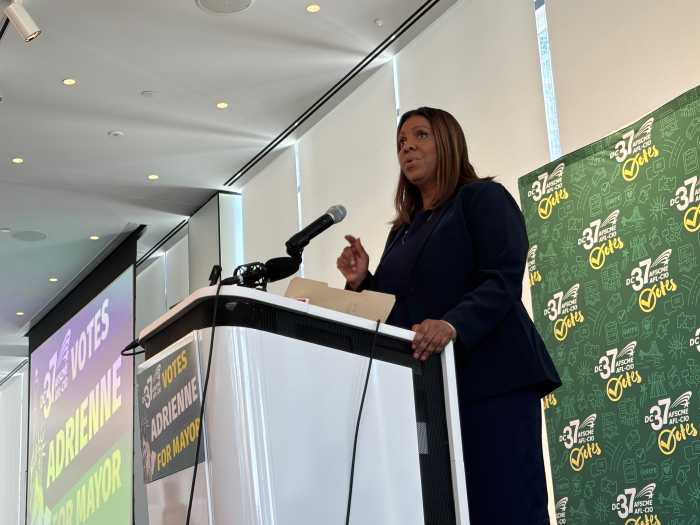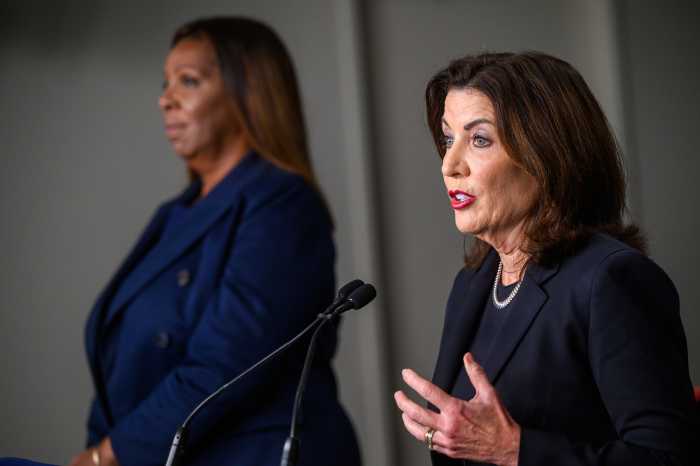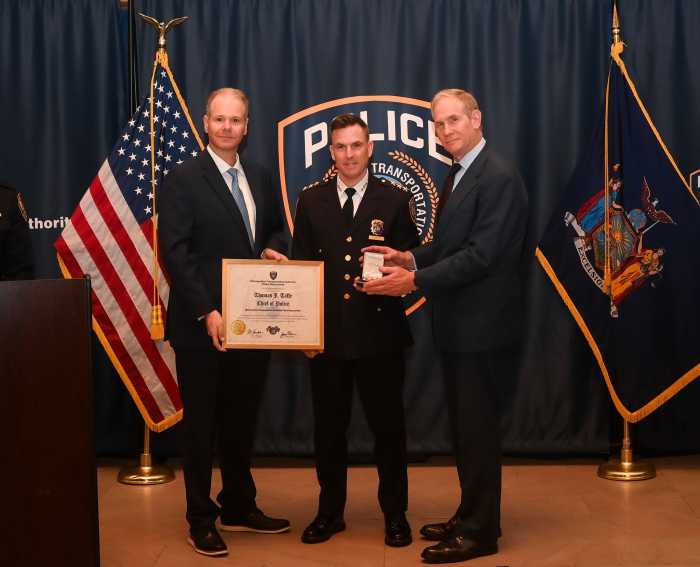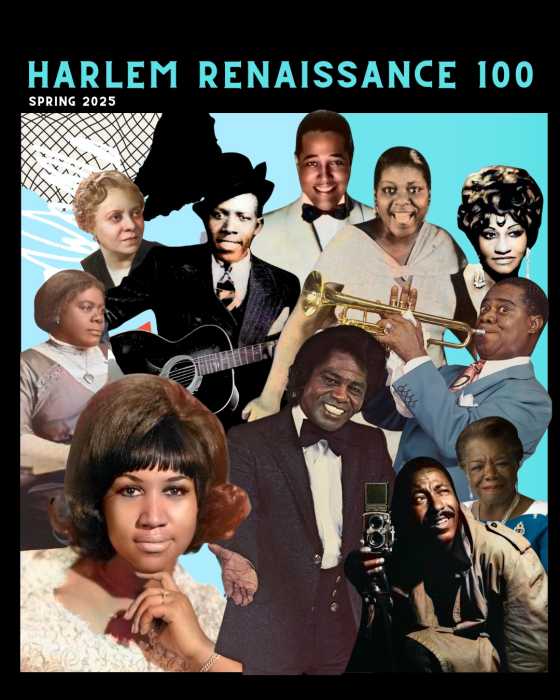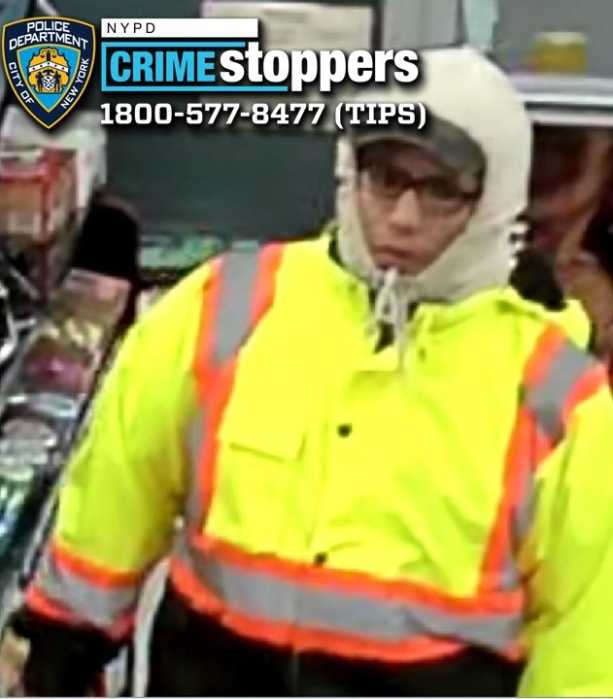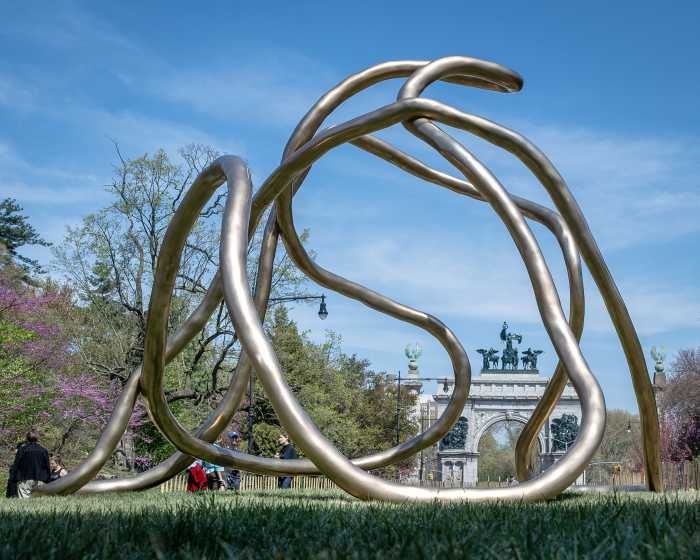
No amount of retweets, Facebook likes or other digital achievements can compare to the feeling of snagging the card of your favorite Major League Baseball player.
That’s a sentiment shared by New York City’s avid collectors and experts, who say companies like the Financial District-based Topps resonate with fans even in this age of omnipresent technology because their products offer a tangible stock in the game.
“People appreciate the difference between [a digital collection] and holding a piece of memorabilia in our hands,” said Paul Levinson, professor of pop culture at Fordham University.
Long before Monday’s Opening Day at Citi Field or next week’s at Yankee Stadium, Topps was hard at work on this season’s decks.
Its Series 1 cards hit stores in February, and featured stars such as the Mets’ Noah Syndergaard and Yankees catcher Gary Sanchez, according to company spokeswoman Susan Lulgjuraj, who gave amNY a tour of its offices.
She said the company will follow every game from now until the World Series, and make sure that every updated stat and fantastic play gets preserved on a card.
Baseball is everywhere at Topps, from poster-sized prints of classic cards on the wall to actual Shea Stadium seats in the main conference room.
“Sometimes we need to cram a lot of people in here,” Lulgjuraj joked.
Based in Brooklyn through 1994 and now housed at 1 Whitehall St., the current company emerged in 1938 when a previous organization shifted to candy after decades in the tobacco business.
Lower Manhattan is actually the birthplace of the baseball card. Peck & Snyder, a sporting goods store on Nassau Street, produced what are commonly referred to as the first baseball cards in 1869. The “cards” featured photos of the Cincinnati Red Stockings — the first professional team — and had a large ad for the store on the back.
For Topps, its first cards in 1951 were initially meant as an add-on gimmick to sell the company’s gum, but they proved popular.
Levinson, a Yankee fan who had “thousands” of cards when he was a kid, said Topps and other companies utilized the first era of baseball celebrities — when players like Joe DiMaggio loomed large — to build a community among sports fans.
“In Hollywood, there is a movie memorabilia scene, and in New York, because of the Yankees, we had a baseball memorabilia scene,” he said.
Levinson noted that other sports card companies such as Upper Deck and Panini built upon and refined Topps’ initial business model
In fact, baseball cards are just one of the many properties handled by Topps: These include everything from English Premier League soccer and “Star Wars” to the relaunched Garbage Pail Kids.
“They’re an effective nostalgia piece between parents and children,” said Lulgjuraj, a collector herself, about Topps’ roster.
Alex Berzins, owner of Alex’s MVP Cards & Comics on the Upper East Side, noted that many of his baseball card customers skew older but there are passionate younger collectors who still boast about their stockpiles and avidly trade their favorites.
“You can’t substitute that on a computer,” he said.
Berzins highlighted some of the ways card companies get creative with what they sell to keep interest high — including pieces of uniforms in decks, and producing instant cards to capitalize on viral moments.
Topps’ e-commerce director Jeff Heckman said the company will be expanding its “Topps Now” series that creates limited edition cards and sells them online a day after the game.
“We only print as many as are ordered and after 24 hours, that’s it,” he said.
Former Mets pitcher Bartolo Colon’s first major league home run on May 7 of last season, at age 42, caught fire on Twitter and the company immediately offered limited edition cards of that moment.
Less than 24 hours later, more than 8,800 cards were sold.
Levinson said the demand for keepsakes is only growing in the social media age and so the card industry in New York and elsewhere will expand along with it.
“There is a lot of interest when a new player becomes popular. Everyone wants to get their memorabilia and the cheapest [way] is their card,” he said.




